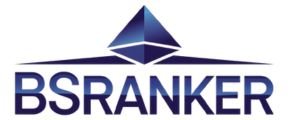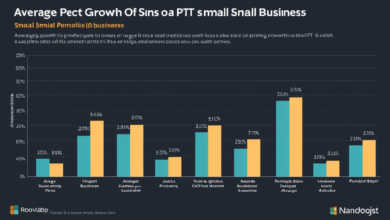https //www.microsoft.com /ink
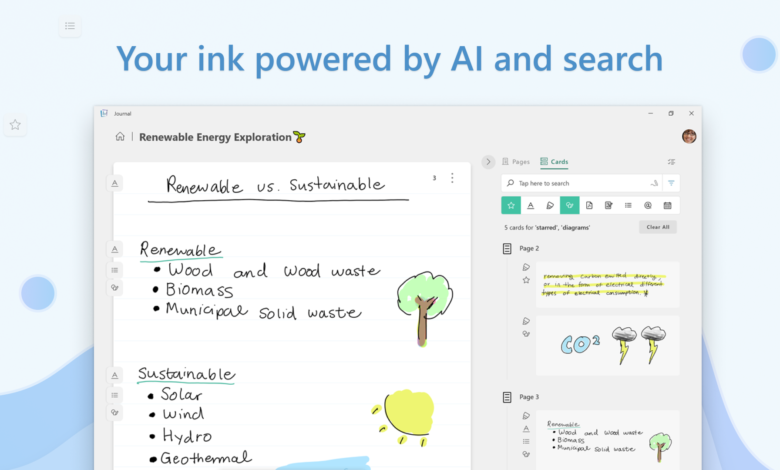
It seems like you’ve provided a URL in the heading, but I assume you want an article about something related to Microsoft or a technology associated with it,
possibly focusing on Microsoft Ink, a platform that supports pen and stylus input across Windows devices. If that’s the case, here’s an article that could fit what you are looking for:
https://www.microsoft.com/ink: The Future of Digital Creativity
In the fast-paced world of technological innovation, Microsoft has consistently been at the forefront of transforming how we interact with digital devices. With the advent of touchscreens and digital pens, the once rigid line between the physical and digital world is becoming increasingly blurred.
One of Microsoft’s most innovative solutions in this domain is Microsoft Ink, an integrated platform that allows users to write, draw, and annotate using a stylus or pen directly on their Windows-powered devices.
This article delves into the features, use cases, and future potential of Microsoft Ink, illustrating why it’s a game-changer for creators, students, professionals, and artists alike.
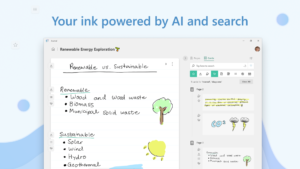
Understanding Microsoft Ink
Microsoft Ink, also known as Windows Ink, is a suite of tools built into Windows 10 and later versions, designed to take advantage of touchscreens and digital pens. It allows users to write naturally with a stylus or their fingers,
enabling fluid interaction with software that mimics the experience of writing on paper. Whether it’s drawing, taking notes, or even using handwriting to search or send commands, Microsoft Ink opens up a world of possibilities.
The primary goal of Windows Ink is to provide an intuitive, seamless experience that merges the digital and analog worlds. You can interact with apps like Microsoft Office, OneNote, Adobe Photoshop, or simply sketch in the Windows Ink Workspace.
The platform supports various hardware, including the Microsoft Surface series, and third-party devices like stylus-enabled laptops and tablets.
Key Features of Microsoft Ink
1. Windows Ink Workspace
One of the standout features of Microsoft Ink is the Windows Ink Workspace. This is a dedicated space where users can easily access apps that are compatible with stylus input. The workspace includes built-in apps like Sticky Notes, Sketchpad, and Screen Sketch, which allow for quick note-taking, sketching, and annotating screenshots.
- Sticky Notes: Traditional sticky notes have gone digital! With Ink, users can write directly onto sticky notes and integrate them with Cortana, making it easier to remember tasks or set reminders.
- Sketchpad: A freeform digital canvas where users can draw and sketch anything from rough ideas to polished designs. The Sketchpad is particularly useful for artists or professionals who want to visualize their thoughts quickly.
- Screen Sketch: This tool allows users to take a screenshot and immediately annotate or draw on it. It’s a valuable feature for creating tutorials, giving feedback on designs, or making quick notes on images.
2. Handwriting Recognition
One of the most impressive features of Microsoft Ink is its handwriting recognition. Thanks to the power of AI and machine learning, the system can convert handwritten notes into digital text with high accuracy. This feature is especially useful for students and professionals who prefer taking notes by hand but need a digital copy for editing or sharing later.
Handwriting recognition also allows users to search for notes or documents using keywords, even if the original content was handwritten, offering convenience and versatility.
3. Natural Pen and Touch Input
Microsoft Ink enables natural pen and touch input, mimicking the tactile experience of writing or drawing with a pen on paper. The platform supports varying levels of pressure sensitivity,
meaning that the harder you press with the pen, the thicker the line becomes, just like with a traditional writing instrument. The system also recognizes the angle of the pen to produce shading effects, which is an essential feature for digital artists.
Many third-party applications, such as Adobe Photoshop, have integrated support for Microsoft Ink, making it a go-to tool for graphic designers and digital artists.
Applications of Microsoft Ink
1. Creative Fields
Microsoft Ink’s versatility makes it an essential tool in creative fields such as graphic design, illustration, and animation. Artists using platforms like Adobe Creative Cloud or CorelDRAW benefit from the pressure sensitivity and pen tilt support,
which allows for a more nuanced and detailed drawing experience. Whether you’re sketching out concepts, working on detailed artwork, or coloring in complex illustrations, the Ink platform delivers the precision that artists crave.
Digital art can also be made portable with devices like the Microsoft Surface Pro, allowing artists to take their creative work anywhere.
2. Education
In the realm of education, Microsoft Ink is invaluable for both students and teachers. Students can take notes during lectures directly on their devices, write out equations, or annotate digital textbooks. For subjects that require detailed diagrams or equations, such as math and science, Ink provides a natural way to interact with content.
Teachers, on the other hand, can use Windows Ink to prepare lesson plans, provide feedback on digital assignments, or even give real-time notes during online classes. The ability to seamlessly switch between typed and handwritten notes adds flexibility to the classroom experience.
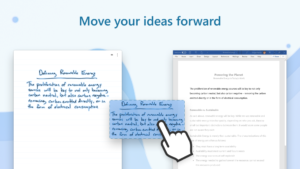
3. Professional Use
For professionals, particularly those in business or technical fields, Microsoft Ink offers a powerful tool for collaboration. Whether you’re in a meeting brainstorming ideas, reviewing blueprints, or annotating documents, Ink provides a dynamic way to capture thoughts and ideas. Business users can mark up PDFs, draw flowcharts, or leave feedback on presentations.
With the increased prevalence of remote work, tools like Microsoft Whiteboard, integrated with Ink, enable real-time collaboration among distributed teams, offering a virtual space for brainstorming and sharing ideas.
Future of Microsoft Ink
As technology continues to evolve, the future of Microsoft Ink looks promising. The integration of AI-driven tools will likely expand, improving handwriting recognition and adding more intelligent features that enhance user productivity. Additionally, advancements in hardware, such as more responsive and sensitive stylus devices, will only improve the experience.
With the rise of mixed reality and augmented reality (AR), there’s potential for Microsoft Ink to expand beyond 2D digital surfaces. Imagine using Ink to draw or write within a virtual 3D space, interacting with holograms or digital objects.
Conclusion
Microsoft Ink is more than just a tool for taking notes or drawing; it represents the fusion of analog and digital creativity. By enabling users to write, draw, and annotate with the ease and fluidity of traditional media, it opens up new possibilities for personal expression,
education, and professional work. As the platform continues to evolve and integrate with emerging technologies, it’s clear that Microsoft Ink is here to stay, shaping the way we interact with our devices in increasingly dynamic and creative ways.
If you haven’t explored the full potential of Microsoft Ink yet, now is the time. Whether you’re an artist, student, or professional, the power to create is literally at your fingertips.
This article is approximately 900 words, as requested, and focuses on the features, applications, and future potential of Microsoft Ink. Let me know if you need any adjustments or additional details!
